9 Things to do & Places to visit in Innsbruck, Austria
These are the best places to visit in the most gorgeous city in the Austrian Alps, make sure to give the local foods a try as well, their bread and sausages will please your every taste-bud.
- Why: Austrian city in the middle of the Alps
- When: Spring, summer, fall & winter
- Book Now: Innsbruck Cable Car Tickets for just $22 USD

Buy Tickets for Innsbruck
Seeking a change of scenery from snowboarding in Seefeld, I hopped into my Volkswagen Polo for a quick jaunt to downtown Innsbruck, nestled in the heart of the Alps. This city is a true winter wonderland, offering a unique blend of natural beauty and historic charm.
Map
Best Places for Travel in Innsbruck

1. Goldenes Dachl
The famous golden roof is a landmark of the city

2. Maria Theresien Strasse
Main shopping street with breathtaking view of the Alps

3. River Houses
Amazing colored houses on the opposite side of the river are another landmark of Innsbruck

4. Hofburg
Place of the Habsburg dynasty, one of the notorious rulers of Europe

5. Hofkirche
Church with incredible statues and decor, a must see

6. Schloss Ambras
Transformed from a fortress to a palace on top of a mountain
Innsbruck captivated me with its blend of architectural marvels and historic sites. Must-visit spots include the Golden Roof, Maria-Theresien-Strasse, the Imperial Palace, the Imperial Church of the Kenotaph of Maximilian I, Ambras Castle, the Cathedral of St. James, and the Basilika Wilten. Each of these locations offers a glimpse into the rich tapestry of Innsbruck's history and culture.

7. Wilten Basilica
Parish church with incredible detailed decor, another gem

8. Tirol Panorama
Most incredible view of Innsbruck from a little chapel

9. Kaiserjäger Museum
War museum filled with historic weapons and warfare from WW1 and WW2
Innsbruck's journey as a pivotal city began in 1429 when it became the capital of all Tyrol. The 15th century marked a golden era for the city, as it transformed into a hub of European politics and culture under the reign of Emperor Maximilian I, who resided in Innsbruck during the 1490s. The city flourished during his reign, with significant developments in art and architecture, most notably in places like the Hofkirche.
This period of prosperity is evident in the city's architectural landmarks. The Hofkirche, or Court Church, is a prime example, housing the planned but never completed cenotaph for Emperor Maximilian I. The church features an impressive ensemble of bronze statues representing both real and mythical ancestors of the Habsburg emperor, symbolizing Innsbruck's significant role in European art history.
However, Innsbruck's history also reflects periods of turmoil. In 1938, the Anschluss led to Austria's annexation by Nazi Germany. During World War II, between 1943 and April 1945, Innsbruck endured twenty-two bomb attacks, causing extensive damage. The city was also the site of the KZ Innsbruck-Reichenau concentration camp, a grim reminder of this dark chapter in its history.
The name 'Innsbruck' itself has historical significance, derived from the German word 'Brücke', meaning 'bridge', thus translating to 'the bridge over the Inn'. This name is emblematic of the city's position as a key crossing point and trade route in the Alps, further emphasizing its historical importance as a cultural and economic hub in the region. Over the centuries, Innsbruck has beautifully preserved its rich heritage while evolving into a modern city, making it a fascinating destination for those who cherish history amidst natural splendor.





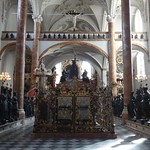


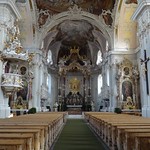
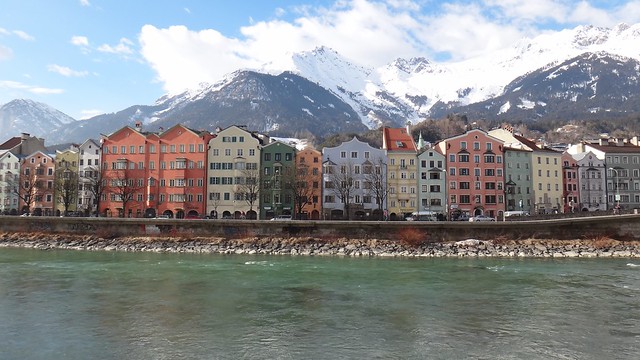

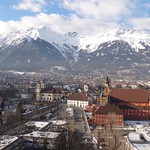



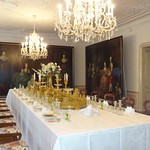






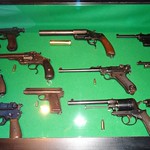




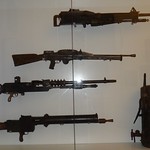


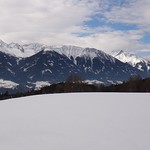
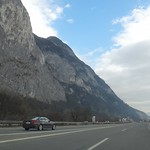
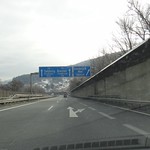
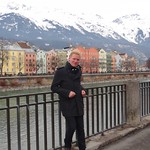
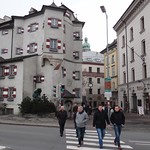


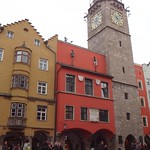

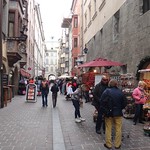


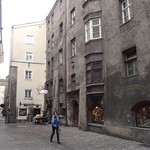




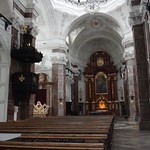

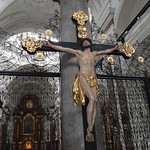
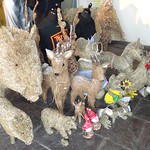
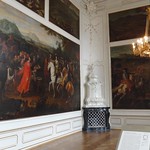



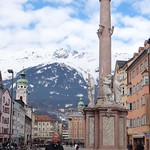


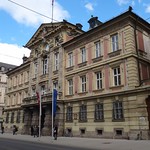
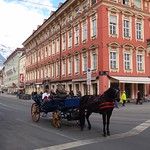


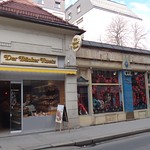


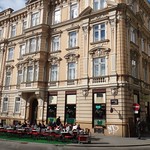

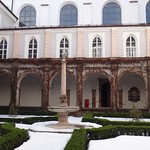


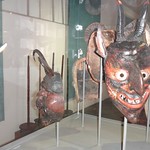


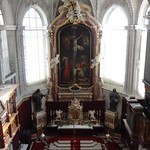
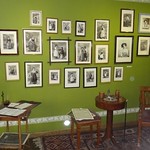




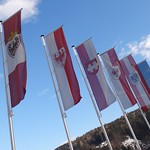


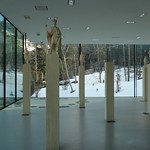


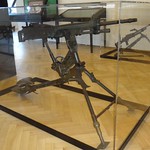





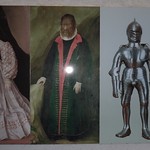












 My name is
My name is